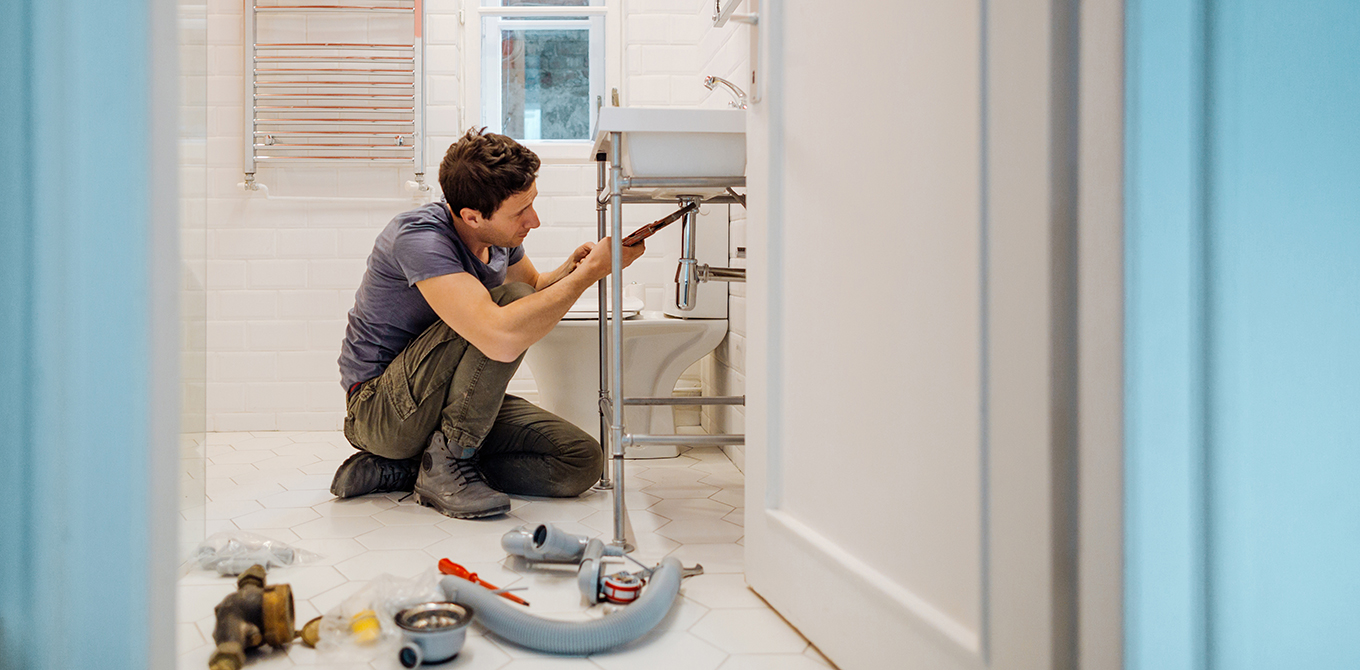Considering Refinancing? Read This First
By the start of 2025, interest rates surpassed 7%—uncomfortably high compared to those that dipped below 3% back in 2020.
As rates begin to stabilize, you may be able to save money by refinancing with a lower rate. Or maybe you're considering taking out a mortgage now but hoping to refinance in a few years, if interest rates decrease. How do you know when refinancing makes sense?
The answer isn’t totally cut and dry. Depending on your specific situation, the timing of a refinance might include more factors than just the interest rate.
Here are four questions to ask yourself before you make the call on refinancing.
1. What is your goal for refinancing?
Most people refinance to save money; you want a lower interest rate, reduce your monthly payment, or to switch from an adjustable to a fixed interest rate. But refinancing won’t always help you reach your goal. Here are some considerations depending on your specific objective.
Saving on interest: You can save serious money by locking in a lower interest rate. A $200,000 mortgage with a 9% rate would cost about $100,000 more over 30 years than the same mortgage with a 7%rate.
But keep in mind, refinancing your mortgage may extend the amount of time you're in debt—and usually, the longer you're in debt, the more interest you'll pay. So, if you've already held your mortgage for 10 years and you refinance with a new 30-year mortgage, you'll be in debt for a total of 40 years.
In that case, you want to determine the total amount of interest you'll pay over 40 years compared to the amount you'll pay by completing your original 30-year mortgage. If it's cheaper to stick with your higher rate over a shorter period of time, that may be the best bet. Or you may want to consider refinancing with a 15-year mortgage.
Overpaying on your mortgage with biweekly instead of monthly payments, or by paying a little more than you owe each month, can also help you save money over time on interest.
Paying less each month: Refinancing may allow you to lower your monthly payment. But again, it's important to consider whether you'll end up paying more interest over the life of the loan.
The best way to save money on your mortgage is to pay off the loan as soon as possible. However, for some people, a lower monthly payment is a bigger priority than long-term savings. If that's your objective, refinancing could be a good option for you.
Locking in a fixed interest rate: If you currently have an adjustable-rate mortgage, refinancing to a fixed-rate may be a good option. You can lock in a set rate and not worry about fluctuating interest rates over the next few years. If rates continue to increase, this could work to your advantage.
2. How much will a home refinance cost you?
When you refinance, you're taking out a new mortgage with new terms. And just like when you took out your initial mortgage, you'll have to pay closing costs to the lender. If you're refinancing to save money, make sure your closing expenses won't cost more than they're worth.
Closing costs usually run about 2-5% of the total value of the loan. Some lenders allow you to finance closing costs, which reduces your upfront costs but adds to the amount of interest you'll pay over the life of the loan. For instance, adding an extra $6,000 to a $200,000 mortgage at 7% adds another $8,370 in interest over 30 years.
Talk to your lender to see if they can offer discounts on any of the closing costs. Some fees are mandatory, such as the appraisal fee, title fee, and recording fee. But the origination, application, and underwriting fees may be negotiable.
3. How long do you plan to stay in the home?
One key consideration should be how long you plan to keep living in your home. Whether you plan to stick around for five years or 15, your closing costs will be the same.
A rule of thumb: If you plan to keep your home for at least five years, it’s probably worth the cost of refinancing. If you’re thinking of moving within the next two years, it may not be worth it. A mortgage professional can help you calculate your breakeven point.
4. Can you qualify to refinance?
You have to qualify for a refinanced mortgage just like you did for your original mortgage. That means your lender will look at factors including your credit score, debt-to-income ratio , and the loan-to-value (LTV) ratio. To qualify for the best refinancing rates, make sure your credit and credit score are in good shape. You can check your credit for free each year at annualcreditreport.com. Your debt-to-income ratio (all your monthly debt payments divided by your gross monthly income) should be approximately 43% or lower to qualify for the most attractive rates.
If you've been making payments on your current mortgage for a while, you've likely built equity in the home. This will improve your LTV ratio, which represents the portion you're borrowing versus the total value of the home. If your home's value has increased since you purchased it, that will also improve your LTV ratio. Lenders generally look for an LTV ratio of 80 percent or lower.
The bottom line:
When it comes to refinancing, it's not just about how much you could save on your monthly mortgage payments. You also need to think about how long you plan to stay in your house, whether you can qualify for a new mortgage at a different rate, how much you'll pay in interest over the life of the loan, and how much you'll pay in loan closing costs.
The good news is you're not alone as you weigh the pros and cons. A mortgage professional can help you determine the best choice for your situation.




